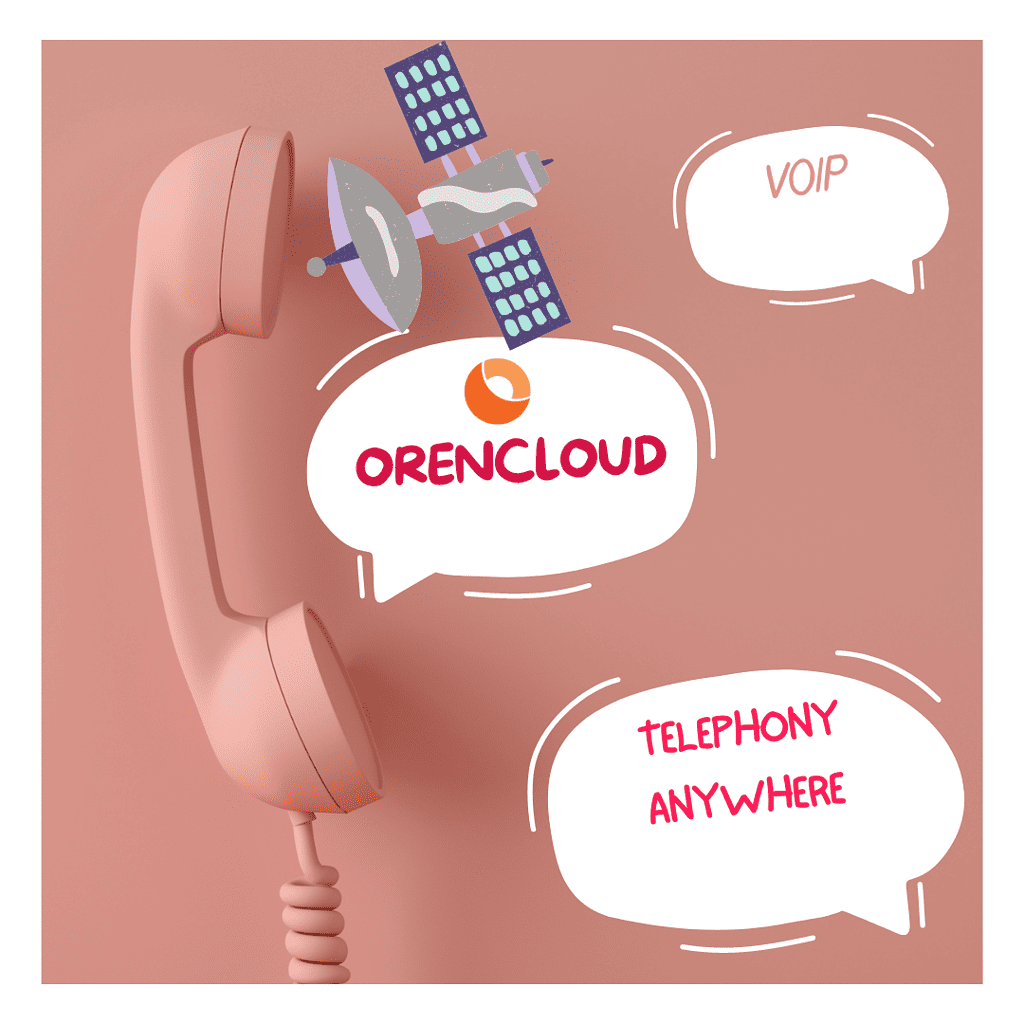In today’s fast-changing business world, using advanced communication technology is highly important.
One powerful technology that is changing the way companies communicate is VoIP (Voice over Internet Protocol). As businesses move into the digital age, the use of VoIP becomes even more important.
This article explores the different kinds of VoIP systems, breaking down the details and looking at how they can help your businesses.
Understanding VoIP
VoIP, or Voice over Internet Protocol, fundamentally transforms voice and multimedia transmission over internet connections.
Suited for both consumers and businesses, VoIP offers features like call recording, custom caller ID, and voicemail to email. This technology leverages various protocols and standards, including ITU standard codecs, RTP, SIP, and others, to ensure smooth communication.
VoIP’s integration into unified communications consolidates audio, video, and text-based communication methods, providing flexibility and efficiency.
VoIP Protocols And Standards
VoIP endpoints rely on standardized codecs and protocols such as G.711, G.729, TCP, ITU T.38, RTP, SRTP, SIP, H.248, H.323, XMPP, Skinny, and SDP. These protocols contribute to efficient data compression, packet transmission, secure real-time transport, and signaling for call creation and management.
Advantages & Disadvantages Of VoIP
VoIP offers notable advantages such as cost-effectiveness, superior sound quality, and accessibility for remote workers, contributing to enhanced business communication. The incorporation of additional features and affordable international rates further solidify its appeal.
However, challenges exist, including limited access to emergency services, dependency on high-speed internet, susceptibility to service interruptions during power outages, and potential constraints in directory assistance based on the chosen VoIP service.
Organizations must weigh these factors carefully to ensure a seamless and reliable implementation of VoIP that aligns with their specific communication needs and operational requirements.
The following are the types of VoIP:
1. In-House VoIP Systems
In-house VoIP systems cater to businesses of all sizes, offering a replacement for traditional POTS PABX setups. Large corporations often deploy these systems to replace outdated infrastructure, while smaller enterprises can benefit from software-based VoIP PBX hosted on dedicated desktop computers.
Key components include the PBX phone system itself, a shift from landline to internet connection, and the adoption of VoIP-specific digital handsets. For mobile users, SIP technology allows smartphones and tablets to function as extensions, enhancing accessibility.
2. Hosted VoIP Systems
For businesses not ready to invest in full in-house VoIP systems, hosted VoIP services offer an attractive alternative. This approach transforms capital expenditure into operational expenses, as hosting organizations provide leasing solutions.
However, the risk of losing voice communications in case of a link failure exists. Hosting companies maintain similar equipment as in-house systems, necessitating the installation of VoIP handsets and ensuring network compatibility.
Another option involves outsourcing supply, operation, and management to a hosting organization.
3. Hybrid Systems
Hybrid VoIP systems suit companies content with their non-VoIP infrastructure but keen on leveraging the benefits of VoIP gradually.
Some businesses opt for a dual approach, using both traditional systems and VoIP simultaneously. Over time, many migrate entirely to VoIP, often favoring in-house systems for larger enterprises.
The choice between these options hinges on cost considerations and operational constraints, emphasizing the overall advantages VoIP brings to a business.
Types Of VoIP Connections
Understanding the types of VoIP connections is important for businesses looking to transition from traditional landlines to more versatile and cost-effective solutions. Four primary types include:
Computer-to-Phone Connections
Enabling communication between computers and various phones, including IP phones and traditional analog phones, this connection type allows access to VoIP features using existing equipment.
Computer-to-Computer Connections
Facilitating virtual links between PCs, laptops, and desktops, this connection type is ideal for conference calls, video chats, and webinars.
Any Landline Phone via ATA
Utilizing Analog Telephone Adapters, this connection type allows traditional landline phones to operate with a VoIP service, bridging the gap for those comfortable with traditional telephony.
Mobile Softphones & Apps
Offering complete location independence, mobile VoIP connections empower users to make calls, send SMS messages, and initiate video conferences from smartphones or other mobile devices.
Unified Communications With VoIP
When it comes to modern business communication, VoIP serves as a backbone for unified communications (UC). UC integrates various communication channels into a cohesive system, allowing seamless interaction between employees, clients, and stakeholders.
VoIP plays an important role in this integration by providing a unified platform for audio calls, video conferences, instant messaging, team chats, emails, and more. This consolidation eliminates the need for multiple applications, streamlining communication processes.
For businesses seeking enhanced collaboration and efficiency, adopting VoIP as part of a broader unified communications strategy proves invaluable.
The flexibility of VoIP ensures that teams can communicate effectively, regardless of their physical locations, boosting a more connected and responsive working environment.
As organizations continue to prioritize collaboration, the synergy between VoIP and unified communications becomes increasingly vital for sustained success.
All In All
Businesses must carefully evaluate their needs and constraints to choose the most suitable type of VoIP system and connection.
Whether opting for an in-house solution, hosted services, or a hybrid approach, the benefits of VoIP in enhancing communication and reducing costs are evident.
As technology continues to advance, businesses using VoIP can position themselves for more efficient and flexible communication solutions.

